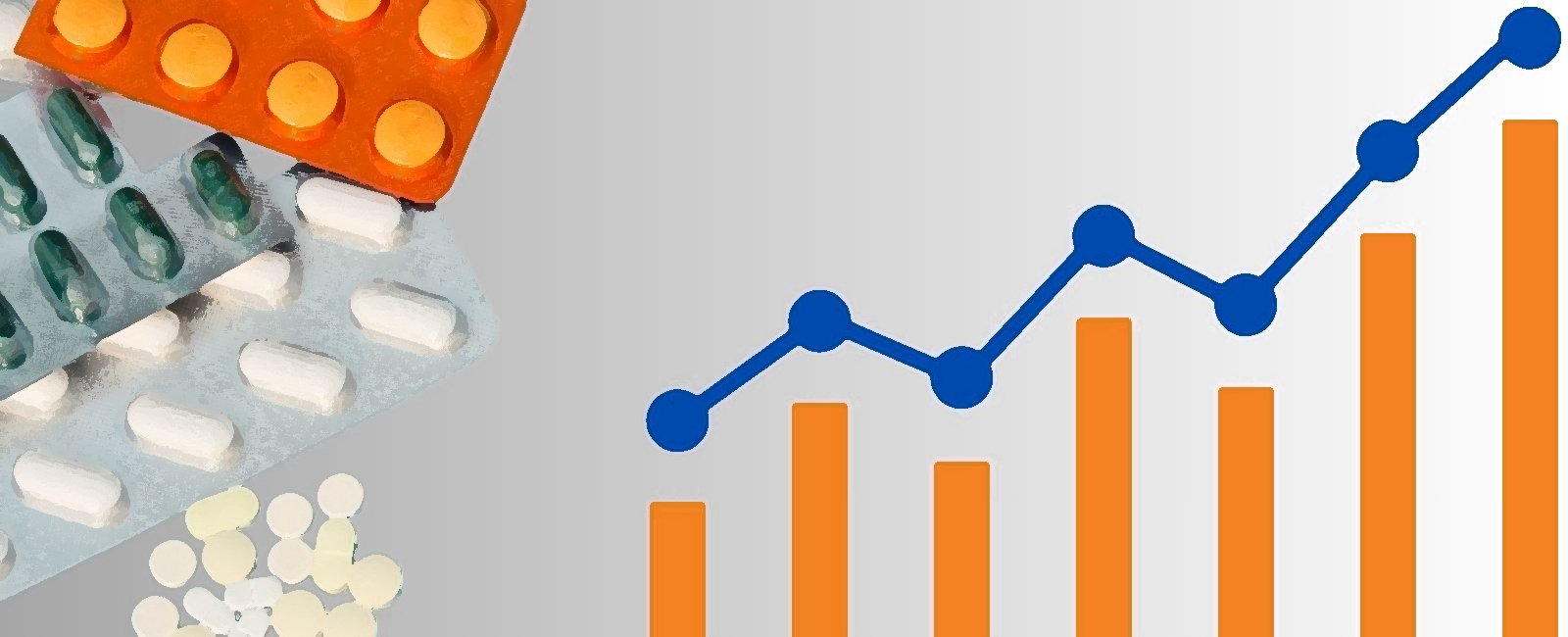Pills, profit, and pain: Who's prescribing the crisis?
As medicine prices continue to rise due to inflation and other factors, affording a medical treatment has become increasingly difficult for Pakistanis

As Pakistan grapples with rising inflation and a weakening rupee, the soaring prices of life-saving and essential medicines have become a silent emergency across the country.
Life-saving drugs have become so expensive that basic treatment feels like a financial burden for many. With the minimum monthly wage in Pakistan set at Rs37,000 to 40,000, a single course of life-saving medicines at times could wipe out an entire month's income.
Muhammad Bashir Khadim, 70, who needs a daily dose of insulin, ends up spending over Rs10,000 per month. Similarly, Asghari Begum, 82, has to take medications for heart problems, blood pressure, diabetes, and stomach issues — where, in 2024, the weekly spending on all these medicines was Rs3,400; in 2025, it first rose to Rs4,500, and has now reached Rs5,200, which is above Rs20,000 per month.
Another heart patient, Muhammad Rasheed, 57, must spend Rs7,000 per month on his medication.
Necessary medicines for older people cost between Rs20,000 and Rs30,000. This is only the cost of medicines, excluding consultation and lab test charges.
Even people who rely on government hospitals for their medications usually get only a small portion of their prescriptions for free, leaving them no choice but to buy the rest from private pharmacies.
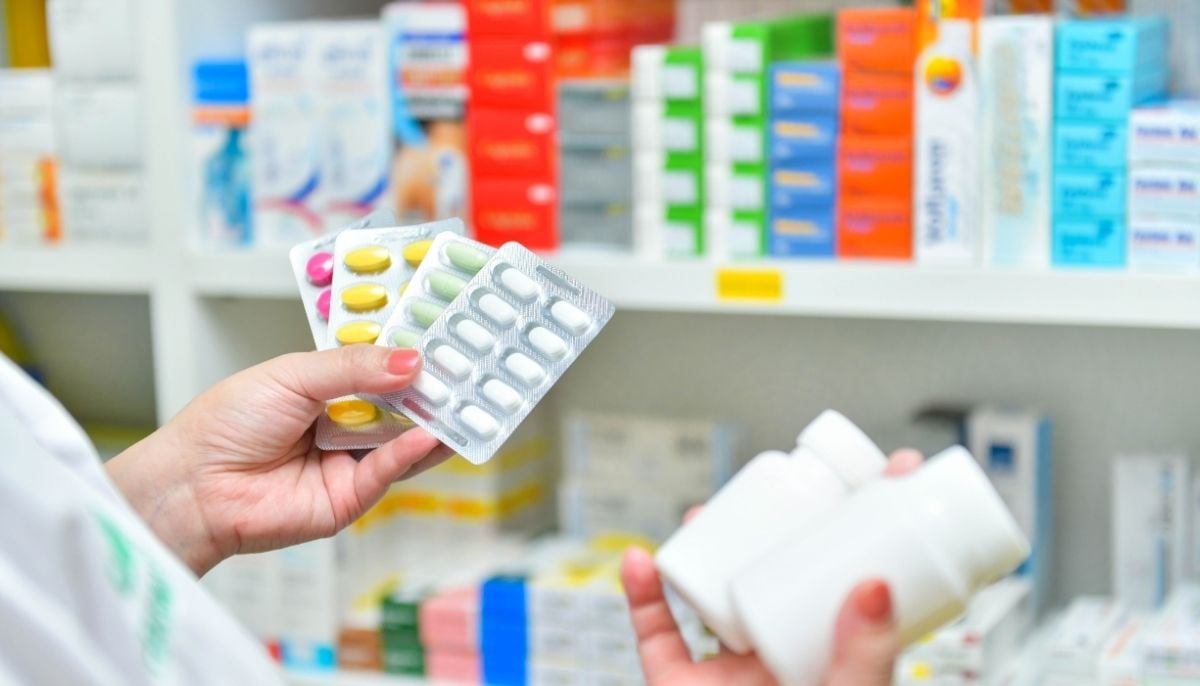
Despite having a detailed drug pricing policy and federal oversight through the Drug Regulatory Authority of Pakistan (DRAP), the system regulating essential medicine prices has failed to protect people from unaffordable spikes.
The Drug Act 1976 was introduced by the government to regulate the manufacture, import, export, storage, distribution and sales of medicines across the country.
But later, DRAP was established through the DRAP Act of 2012. This authority then became responsible for regulating the quality, safety, availability, and pricing of drugs, medical devices, and health products in Pakistan.
Drug pricing policy
Pakistan’s first-ever drug pricing policy was introduced in February 2015. Pakistan saw significant currency devaluation after 2017, causing a rise in imported raw material costs, making the 2015 policy insufficient.
Eventually, DRAP introduced a new Drug Pricing Policy in 2018, aimed at regulating the prices of medicines. It outlined mechanisms for fixing maximum retail prices (MRPs) for both originator brands and generics, with provisions for annual price adjustments linked to the Consumer Price Index (CPI). The policy also included stipulations for hardship cases and price increases for essential drugs.
Key aspects of the 2018 pricing policy
Annual adjustment in MRPs of drugs — initially, manufacturers and importers could increase the MRPs of essential drugs and lower-priced drugs up to 70% of the CPI increase (with a cap of 7%) and up to the CPI increase (with a cap of 10%), respectively, without prior approval from the government. In 2020, the government, through a revision in the Drug Pricing Policy, 2018, barred pharmaceutical companies from an annual hike in medicine prices without prior approval from the DRAP and the Ministry of National Health Services.
MRP Fixation — focuses on determining the pricing for newly introduced drugs. DRAP establishes MRPs by comparing prices with countries such as India and Bangladesh, aiming to ensure prices remain consistent with regional benchmarks. The MRP for generics was to be set at 30% less than the originator brand, potentially reduced to 20% with regulatory compliance.
Hardship cases provide a fast-track process for adjusting medicine prices when exceptional economic challenges arise, such as sharp currency depreciation or sudden increases in import costs.
Medicine prices: A timeline
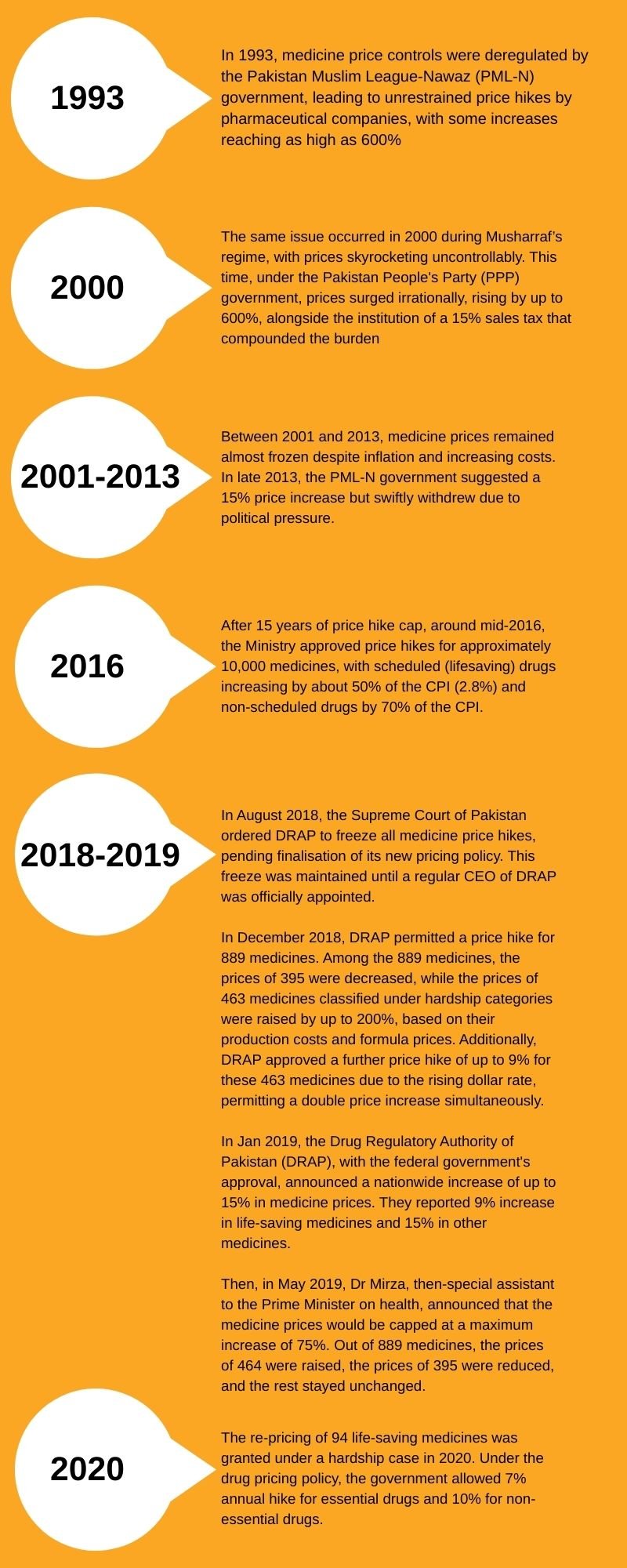
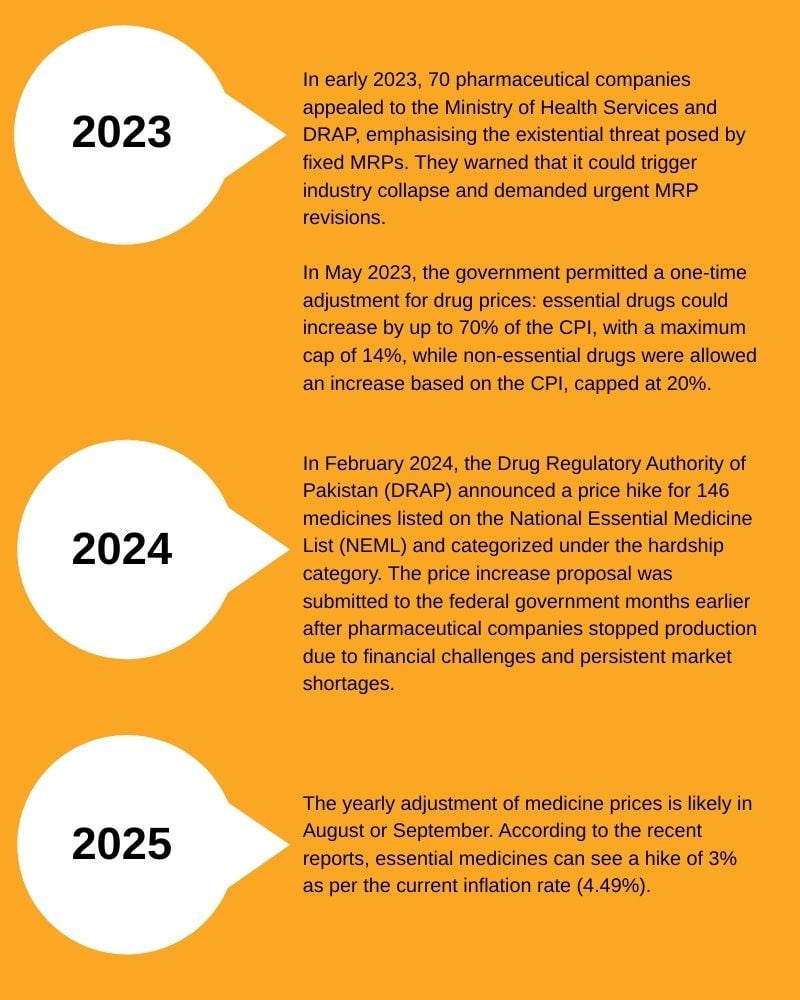
What contributed to the price hike?
According to Akhtar Abbas, additional director of DRAP, several factors determine prices: regional and international market rates, cost of production, and also input from DRAP’s director of costing, a certified cost accountant.
"In addition, DRAP also has a Price Recommendation Committee comprising subject experts and provincial representatives who participate in pricing decisions," Abbas added.
Shifa Khan Bangash, vice president of Pakistan Pharmacists Association (PPA), said that to understand the pricing of medicines, it was essential to first grasp the medicine system in Pakistan.
"There are two types of medicines: those that are fully imported and those manufactured locally.
"Additionally, medicines are categorised based on their distribution—either through government channels or under WHO guidelines — into essential and non-essential lists.
"Price increases for essential medicines are minimal and carefully reviewed by a board, which considers all factors, including consumer usage, raw material costs, and affordability.
"Manufacturers of these drugs are subjected to strict oversight.
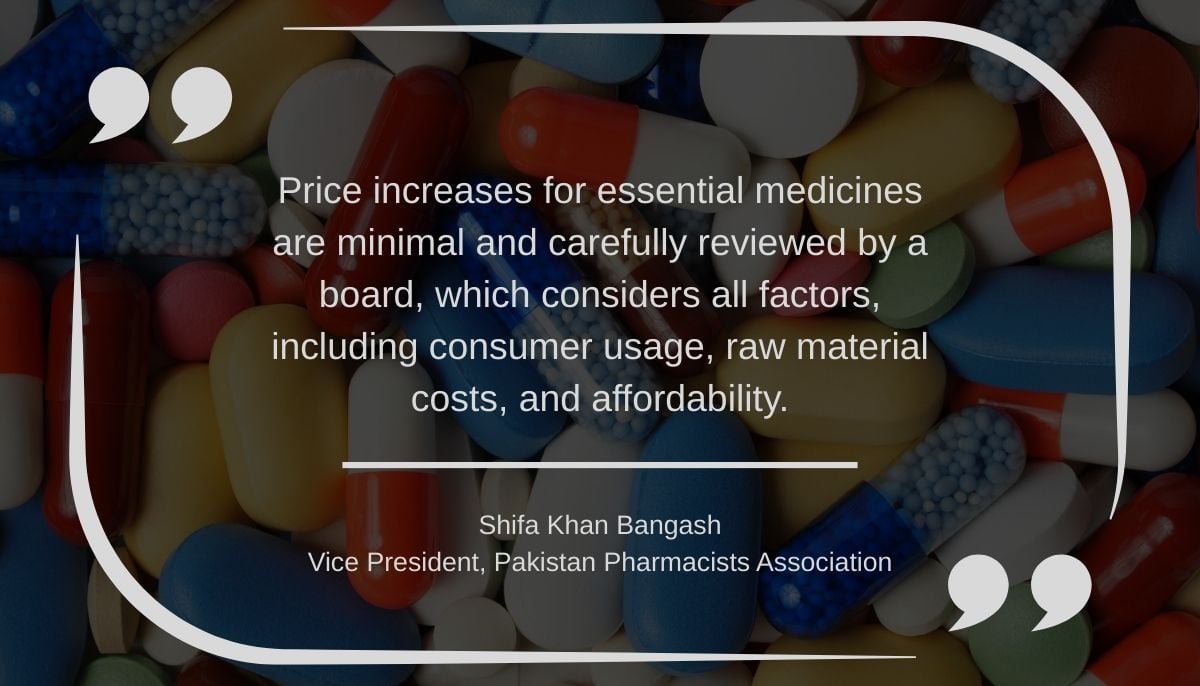
"Non-essential medicines, on the other hand, were deregulated some time ago and are loosely tied to Pakistan’s Consumer Price Index (CPI).”
According to Bangash, prices for most medicines in the essential list are increased only after a thorough process, and there was no sudden or unjustified price hike. With inflation and rising operational costs, even an MRP based on a $2.85 rate feels high once overheads, salaries, and production expenses are factored in, he added.
"Profit margins also vary: for non-essential drugs, they range between 30% and 35%, while for essential medicines, they may vary from 5% to 45%.
"The system is functioning, but it has potential for significant improvement”.
He pointed out that there was a shortage of staff at the DRAP and Out of 200 required employees, only a limited number were working, with 92 sanctioned section seats currently vacant.
"With better staffing, regulation, and scrutiny, things would improve. He also believes that if political interference is avoided, DRAP can function more effectively."
Artificial shortages and manipulation
Pharmaceutical manufacturers have often been accused of manipulating supply and creating artificial shortages to pressure the government for price hikes.
Amanullah Sheikh, vice chairman of the Pakistan Pharmaceutical Manufacturers Association, while talking to Geo.tv, argued that this was not about pressuring the government but about the real cost of manufacturing medicines — both lifesaving and non-essential.
"Pakistan depends 98%-99% on imported raw materials, so when there is currency devaluation or international price hikes, companies are forced to adjust prices, as selling at a loss is not sustainable”.
He added that “according to the registration laws, medicines must remain available in the market.
"To ensure this, companies apply under a 'hardship' mechanism, particularly for life-saving drugs, by presenting evidence of increased production costs to justify price hikes”.
While responding to this very concern, Abbas also categorically denied this: “I completely deny the idea that pharmaceutical manufacturers manipulate or influence the system.
"However, their costs do indeed increase—and when they do, they approach us”.
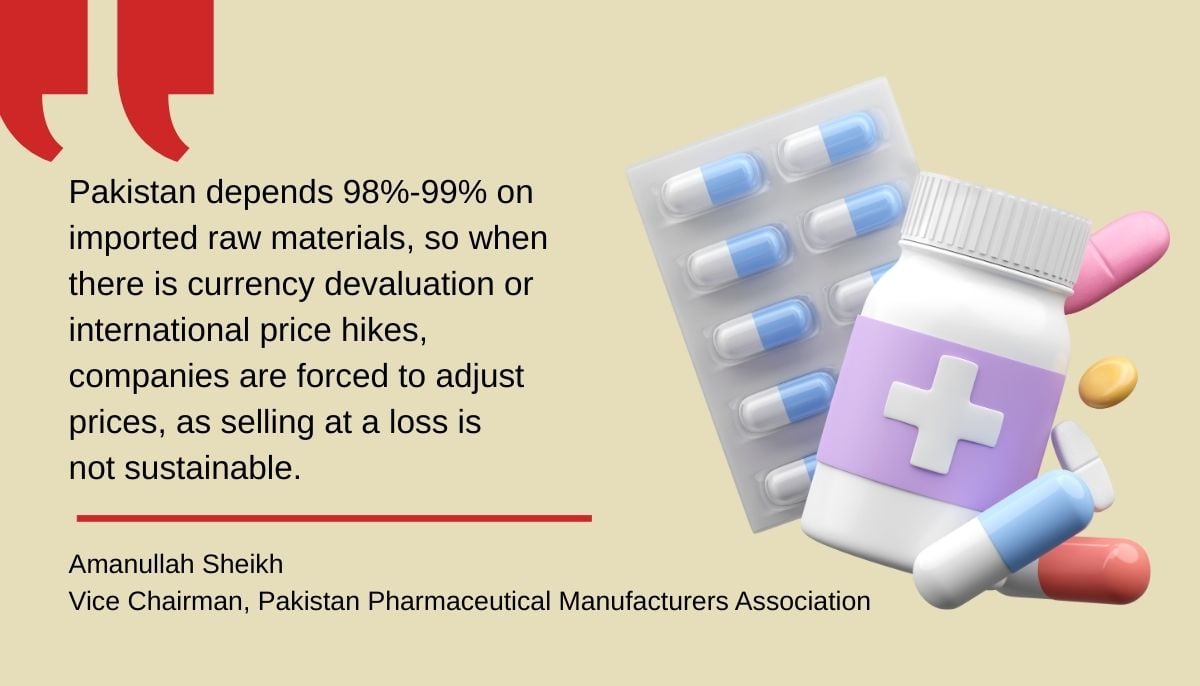
If production costs rise, such as from higher import prices or currency devaluation (since raw materials are often priced in dollars), companies can apply to DRAP for a price adjustment. To support their application, they must provide comprehensive documentation that explains and justifies the need for the price increase. The application is then evaluated independently under the Drug Pricing Policy, following a detailed procedure and established protocol.
Regarding the artificial shortages, Abbas said, “DRAP makes sure there is always enough competition in the market.
"The possibility of a monopoly only arises when a drug is produced by just one or two manufacturers.
"Most medicines produced in Pakistan have multiple competing manufacturers, so artificial shortages are not possible in such cases.
“However, this does apply in the case of new molecules or cutting-edge technologies, where the number of manufacturers is very limited.
"In such scenarios, the risk of shortage does exist, but even then, alternative generics are often available in the market," he explained.
Bangash believes that many life-saving drugs are biological and imported, as they are not produced, neither fully nor partially, in Pakistan, and that is why regulating their prices is difficult, and often leads to shortages.
Rise of fake medicines
Sheikh raised a significant concern about the rise in fake medicines that harm both patients and legitimate companies.
In some cases, companies themselves are involved.
He believes that addressing this issue requires joint efforts with the government.
"A task force has been created, and barcodes and QR codes are being introduced for traceability.”
Bangash shared the same concern. “Internal quality control processes already exist, including checks on raw materials, production methods, and manufacturing practices.
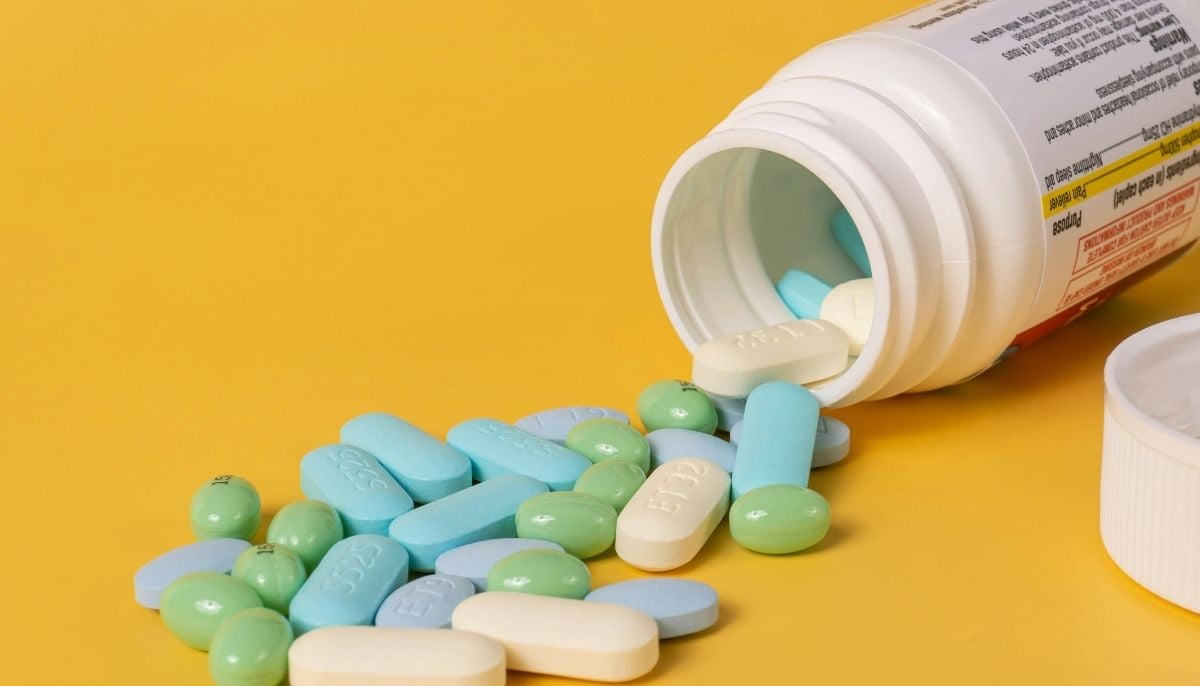
"External validation is also conducted periodically to ensure compliance with standard guidelines. Products are also supplied to provincial governments and institutions, where sub-regulatory bodies and drug inspectors conduct further checks. Despite these efforts, weak enforcement at the pharmacy level results in the circulation of substandard or counterfeit drugs.
Pharmacies should have a qualified pharmacist. Where pharmacists are absent, fake or duplicate drugs tend to flourish. Often, products with high sales are illegally copied and sold with forged documentation, while regulatory authorities need to intervene, but public awareness and media involvement are equally crucial”.
Bangash further specified that citizens should monitor drug purchases.
"When steep discounts — such as 40%-50% — are offered, well above the company's own 20%-25% margin, consumers must verify whether the product is genuine."
Can policy interventions bring relief?
With prices of medicines rising continuously due to inflation, rupee devaluation and higher cost of raw materials, affording a medical treatment is becoming increasingly difficult for the common man.
Sheikh brought up the latest budget meetings, in which pharmaceutical representatives met the Ministry of Commerce and the Ministry of Finance. They raised concerns about sales tax on packaging materials, which adds to production costs, especially since this tax is not charged to patients.
They also proposed zero-rating duties on Active Pharmaceutical Ingredients (APIs) and emphasised the need for plant upgrades to meet international testing and quality standards, such as those set by the World Health Organisation. A set of proposals was submitted to remove or reduce duties and sales tax, but none were approved.
We contacted Federal Health Minister Mustafa Kamal’s office for a comment, but he remained unavailable.
Masab Pervaiz and Momna Tahir are staffers at Geo News.
Header and thumbnail illustration by Geo.tv



